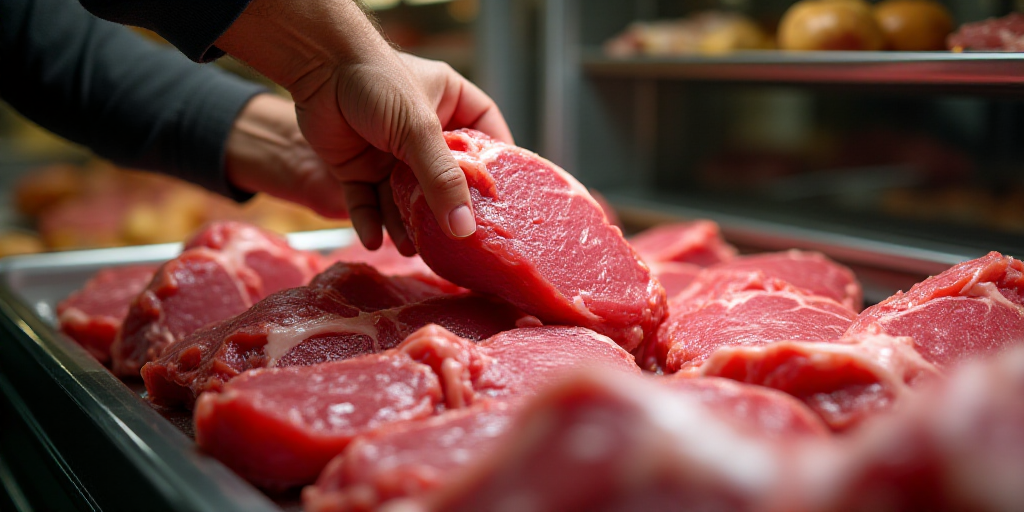Background on the Situation
The Mexican capital, Mexico City (CDMX), has experienced a significant increase in chicken prices due to the avian influenza outbreak in Brazil. This essential protein in the Mexican diet has become more expensive, affecting consumers’ budgets.
Who is Affected?
Millions of Mexicans rely on chicken as a primary source of protein. With the recent price hike, families are feeling the pinch in their grocery budgets. The increased cost directly impacts low- and middle-income households, who spend a larger proportion of their income on food.
Price Increases and Their Impact
Chicken Prices: The breast of chicken has reached 120 pesos per kilogram in CDMX, according to the National Institute of Statistics and Geography (Inegi). This represents an 8.96% increase compared to the previous quinzaine, making it the most influential factor in the overall price rise.
Other Affected Products: Besides chicken, other products have also seen notable price increases. Tomatoes experienced a 4.37% rise, while owned housing increased by 0.16%. Cinema ticket prices surged by 14.82% following discounted promotions during the April vacation period.
Beef Prices: Another widely consumed protein source, beef, saw a 0.99% increase. Papayas rose by 16.25%, and street food vendors (taco stands, fondas, etc.) experienced a 0.26% increase.
Fruits and Vegetables: Bananas, the most consumed fruit, increased by 4.94%, while potatoes and other tubers rose by 4.17%. Detergents also saw a 1.08% increase.
Causes of the Price Hikes
The avian influenza outbreak in Brazil has led to restrictions on chicken imports from the South American country. This shortage, combined with increased production costs due to biosecurity measures, has driven up chicken prices in Mexico.
Key Questions and Answers
- What is causing the rise in chicken prices? The avian influenza outbreak in Brazil has led to import restrictions and increased production costs, driving up chicken prices.
- Which other products have seen price increases? Tomatoes, owned housing, cinema tickets, beef, papayas, street food vendors, bananas, potatoes, and detergents have all experienced notable price increases.
- How does this affect Mexican consumers? The price hikes disproportionately impact low- and middle-income households, who spend a larger portion of their income on food.






